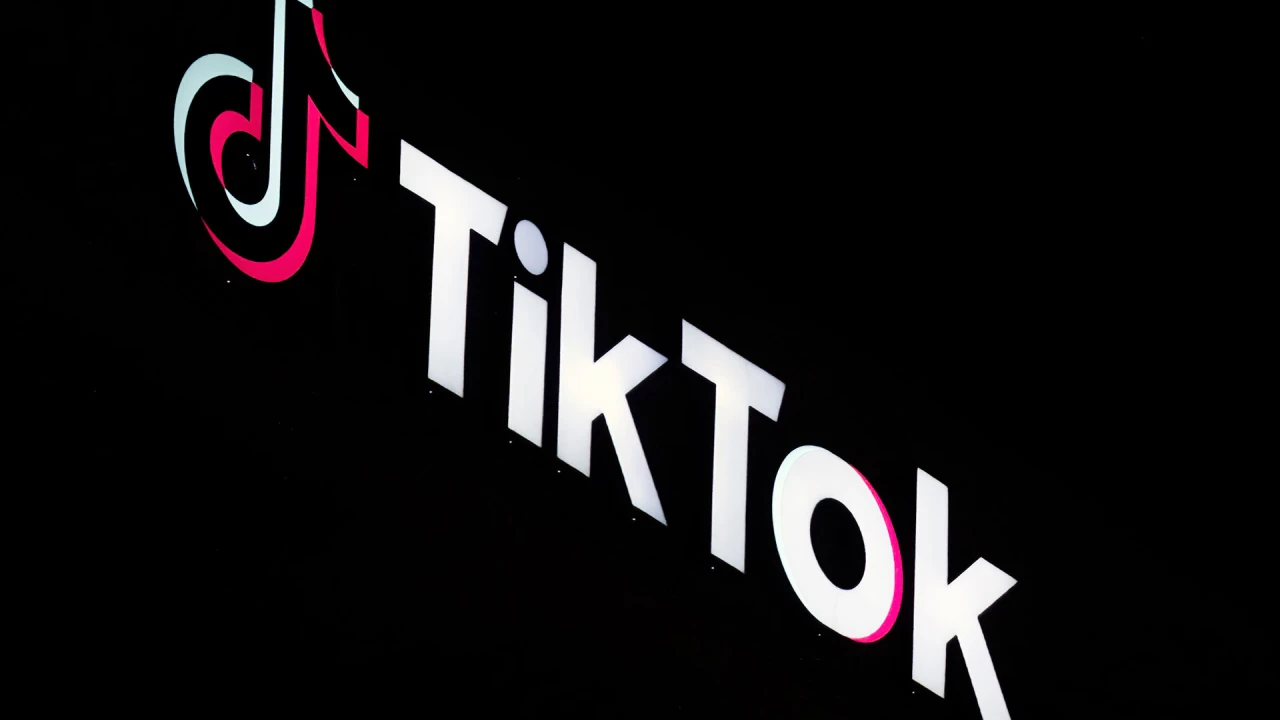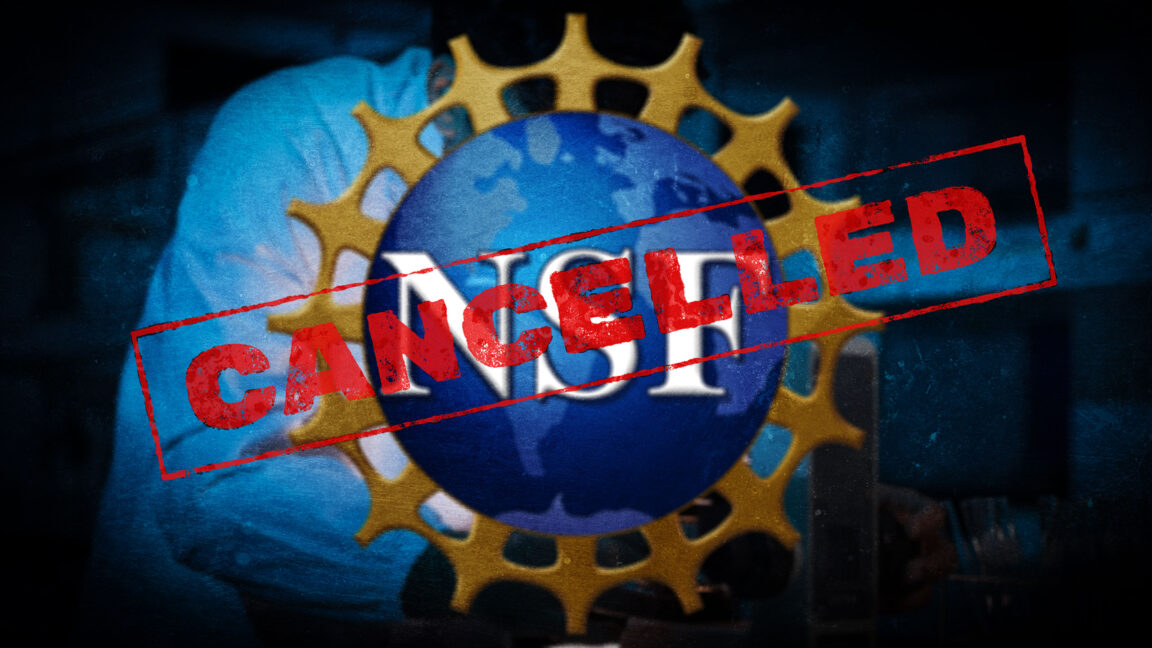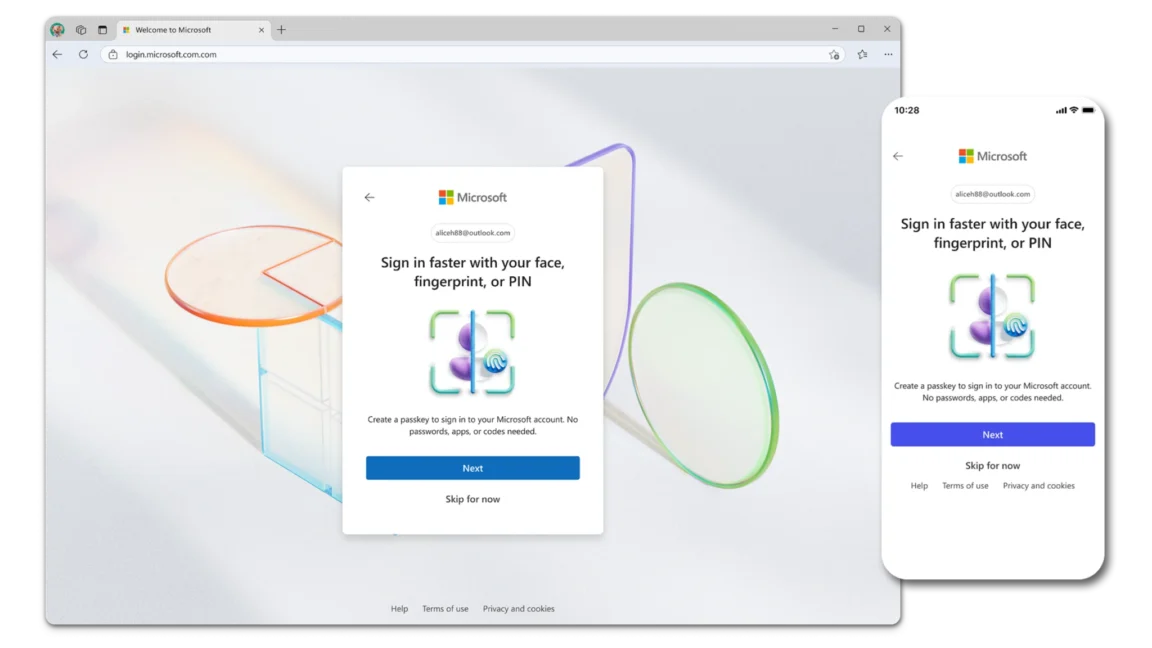How to get media coverage when you have nothing to announce – Part 2
Your company is growing, and you recognise the importance of appearing in the media to build your brand reputation and establish your company’s voice and presence. Naturally, you want to start engaging with the press. If your startup is like most early-stage businesses, you might have one or two major announcements per year. But beyond […] The post How to get media coverage when you have nothing to announce – Part 2 appeared first on EU-Startups.

Your company is growing, and you recognise the importance of appearing in the media to build your brand reputation and establish your company’s voice and presence. Naturally, you want to start engaging with the press.
If your startup is like most early-stage businesses, you might have one or two major announcements per year. But beyond that, you may feel like you don’t have much news to share.
So, what can you do when there’s no big news to announce? The good news is that there are many ways to secure media coverage without a press release. In fact, I’ve already written an article listing some of them. Below are a few additional tricks to add to your arsenal.
Do you really have no news to announce?
Announcements aren’t limited to funding rounds. Partnerships, key milestones (such as reaching a certain number of users), a new market launch, or even a feature release can often justify a press release.
And what about your company’s proprietary data? You might be sitting on valuable insights that tell a compelling story on their own. For example, if you run a travel startup, you might notice that demand for your product triples in the summer months, or that Milan has three times more users than Stockholm and six times more than Lyon. This data could form the basis of an announcement about seasonal tourism, complemented by a heatmap showcasing product usage.
Sometimes, you may have a newsworthy story without realising it. Take the time to review your company’s growth, milestones, and user trends—you may uncover something that the press would find interesting.
Your website is full of newsworthy content—have you pitched it?
Many businesses invest in their content strategy across their own channels but overlook its potential as a foundation for PR. Your website, blog, and social media might already contain content that would interest reporters—if only they knew about it!
I’ve come across many startups and even VCs with active blogs sharing valuable insights, from industry predictions to lists of top strategies for success or scaling in the current economic climate. These pieces could easily be repurposed into opinion articles or media pitches. An active blog can be a great place to start when you don’t have major corporate news to share.
Speaking at an event? Leverage it for media exposure
Taking the stage at an industry event is valuable on multiple levels. When your company doesn’t have major news to announce, participating in a panel discussion signals relevance to reporters and makes it significantly easier to pitch your startup.
For instance, let’s say you’re an early-stage AI startup that raised funding six months ago. Now, you’re speaking on an “Age of AI” panel at a tech conference. This presents a great opportunity to engage with journalists attending the event, as they are actively covering the discussions taking place.
The post How to get media coverage when you have nothing to announce – Part 2 appeared first on EU-Startups.






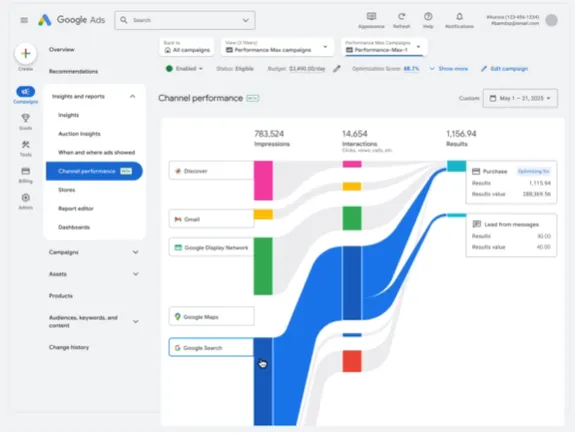




















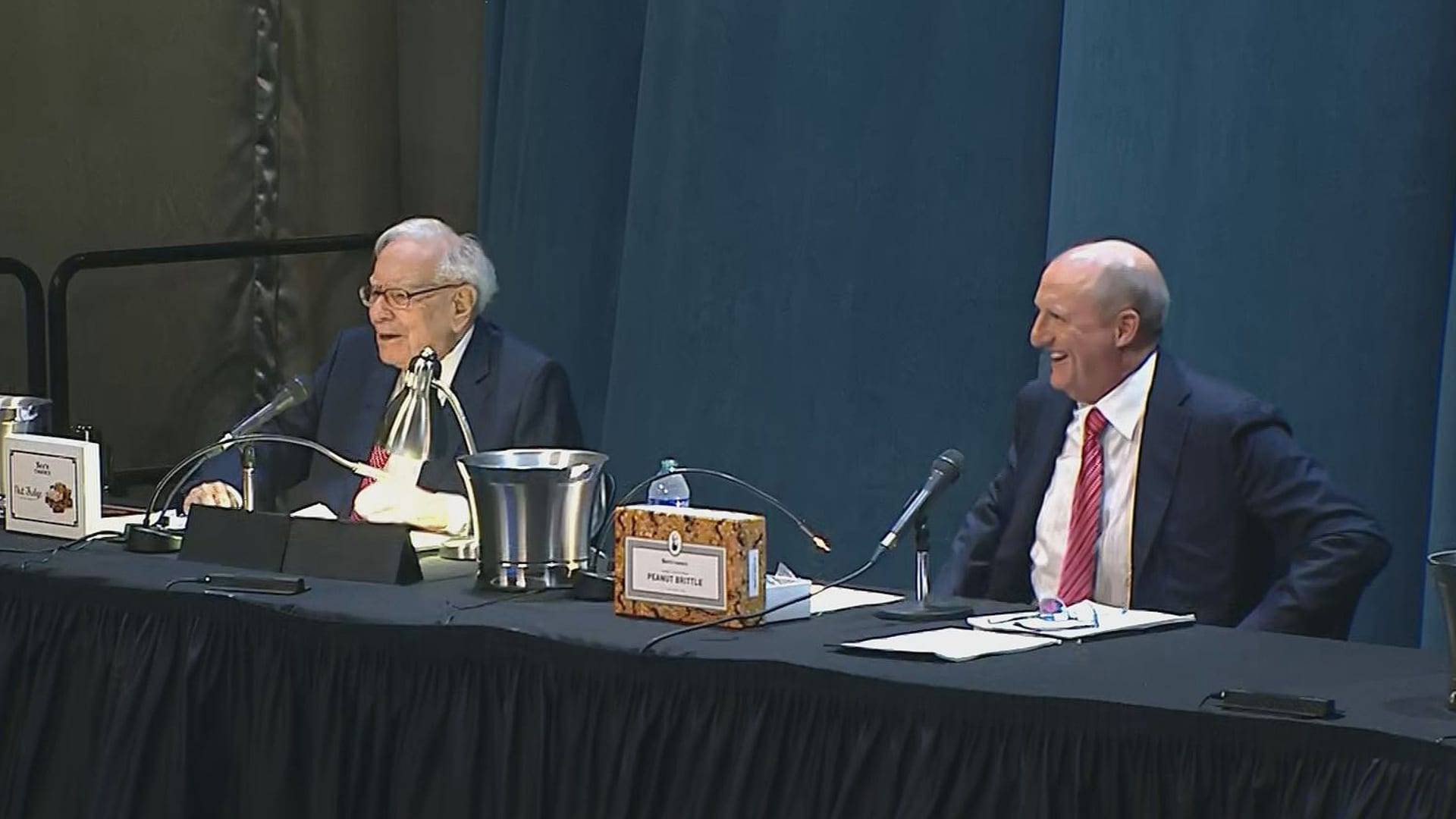
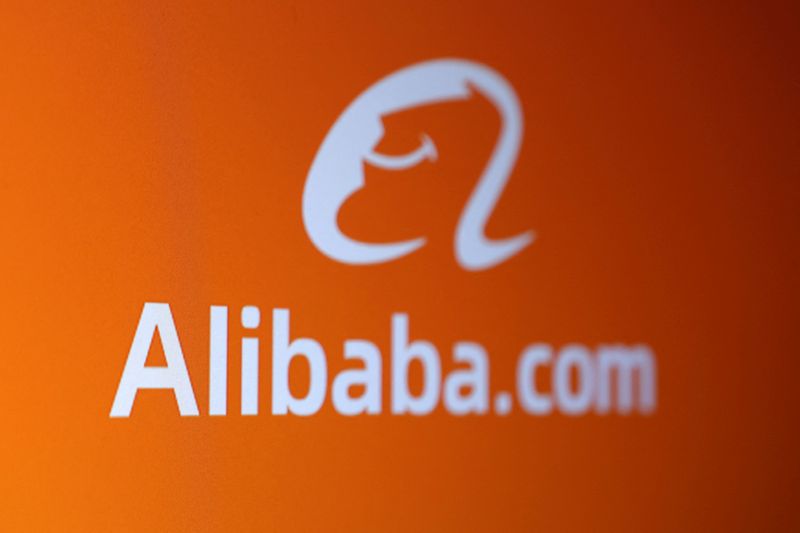





















![[Weekly funding roundup April 26-May 2] VC inflow continues to remain downcast](https://images.yourstory.com/cs/2/220356402d6d11e9aa979329348d4c3e/WeeklyFundingRoundupNewLogo1-1739546168054.jpg)



















